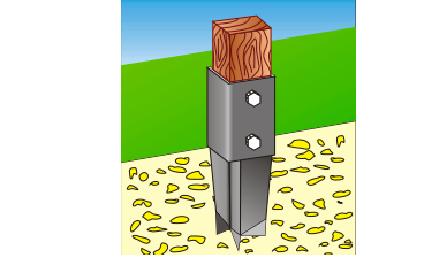Field Fencing Cost Analysis and Price Comparisons for Different Materials
Aug . 19, 2024 11:54
Understanding Field Fencing Prices A Comprehensive Guide
Field fencing is an essential component for anyone looking to manage land effectively, whether for agricultural purposes, livestock containment, or simply defining property boundaries
. Understanding the factors that influence field fencing prices can help landowners make informed decisions while ensuring they invest wisely in quality materials and installations.Factors Influencing Field Fencing Prices
1. Type of Fencing Material The type of material chosen for field fencing significantly impacts the overall cost. Common materials include barbed wire, woven wire, electric fencing, and wooden posts. Barbed wire is typically the most economical option, often costing between $0.10 and $0.30 per linear foot, while more robust options like woven wire can range from $0.50 to $1.50 per linear foot. Electric fencing installations can vary widely based on power supply, but they may require additional investment in energizers and insulators.
2. Height and Design The height and design of the fence also contribute to pricing. For example, a standard four-strand barbed wire fence may be cheaper than a five-foot high woven wire fence designed for larger animals. Custom designs that include gates, special terrain adaptations, or aesthetic features will also increase costs.
3. Length of Fencing The total length of fencing required is a crucial factor. Generally, the more fencing you need, the higher the total cost. However, many suppliers offer bulk discounts, so the price per foot may decrease with larger orders. It’s essential to accurately measure the area that requires fencing to prevent overspending on excess materials.
field fencing prices

4. Installation Costs While some landowners choose to install fencing themselves, hiring professionals can provide better results. Installation costs can vary by location and complexity of the terrain. On average, professional installation can add $1 to $3 per linear foot to the total cost. Factors like rocky ground, dense brush, or wet soils can complicate installation and lead to higher labor costs.
5. Geographical Location Prices for fencing materials and labor can vary dramatically by region. Areas with higher demand or limited supply may see inflated prices. Additionally, transportation costs for materials can add to overall expenses, especially in remote or rural locations.
6. Maintenance Requirements Long-term costs should also be considered. Some types of fencing, like wooden fences, may require regular maintenance and replacement every few years, while materials like vinyl or metal may last much longer with minimal upkeep. Understanding the maintenance requirements and potential replacement costs over time can help inform the initial investment.
Conclusion
Investing in field fencing is a significant decision for landowners, and understanding the pricing landscape is crucial. By considering the type of materials, design specifications, total length, installation labor, geographical factors, and ongoing maintenance, landowners can better plan and budget for their fencing projects.
To make the best choice, it’s advisable to shop around, compare quotes from different suppliers, and consult with professionals to find the perfect fencing solution tailored to specific needs and circumstances. With careful planning and consideration, field fencing can provide security and timeless benefits for years to come, sealing off properties while also enhancing the overall value of the land.




















